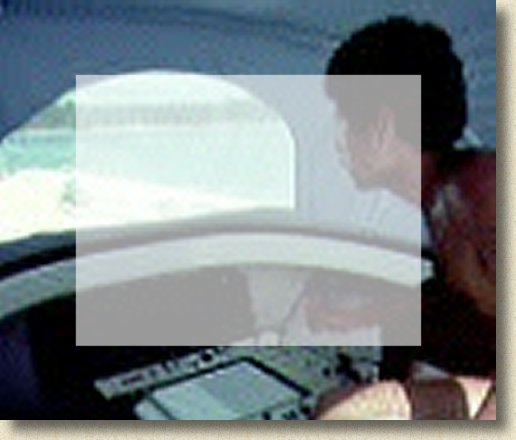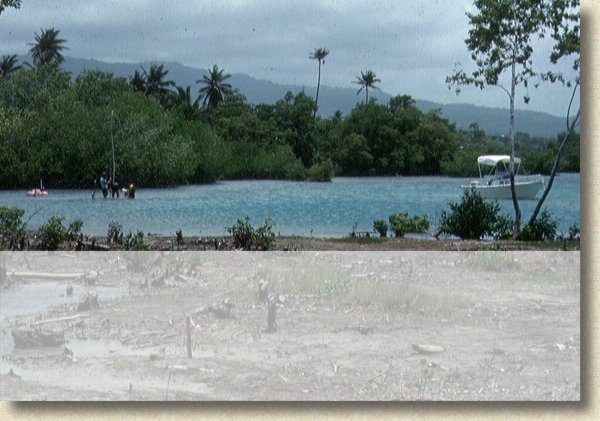In 1494 and 1495, hurricanes struck Bahía Isabela, located in
what is now the República Dominicana. The storms destroyed at least
eight ships belonging to the first European colony in the New World. Gallega,
Maríagalante, Cardera, and
San Juan were from Columbusís second fleet.
Only Niña survived the disasters. No wonder it was Columbusís
favorite vessel.
Several expeditions
have searched in vain for the lost ships that lie buried under at least three
meters of mud, dead coral, and debris. While the thick blanket of sediments
is difficult to penetrate, it would preserve organic materials very well.
In the mid-1980s, our colleague Dr. Roger
Smith searched St. Annís Bay, Jamaica, for Columbusís last two shipsóCapitana
and Santiago de Palos. The story of how Columbus was marooned
there for a year is a fascinating tale. The team spent several summers surveying the Bay but did not find the
lost vessels. Nevertheless, the work did locate a number of later, historically
signficant archaeological remains.




